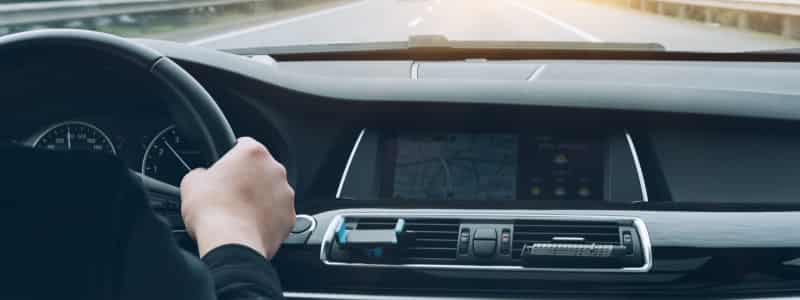Based in Sydney, Raja is a law student enrolled in a Bachelor of Laws and Bachelor of Communications (Writing and Publishing) at the University of Technology Sydney. He is passionate about transferring knowledge in relation to businesses, legal advice and marketing direction. Raja has experience working in immigration law and is driven by the writing, editing and publishing process of content.
Most of us would probably think of ourselves as good drivers, particularly if we’ve never been in a major accident. We might think of driving as something that’s easy, habitual and almost automatic; but the truth is that a number of crashes are caused by human error that could have been prevented. Defensive driving is a particular style of driving that focuses on minimising the risk to help you prevent an accident. This is particularly true for those caused by the mistakes of other drivers or unexpected risks. A number of specific techniques can be employed to improve your defensive driving skills and significantly reduce the chances of an accident.
1. Control Your Speed
Speed is the number one cause of fatalities in car accidents. Keeping a close eye on it is an effective way to increase your safety on the road. Speed limits have been set for a reason, but in the case of wet weather or poor road conditions it may be necessary to lower your speed. Even light rain can cause your tyres to slip on the road, particularly if you’ve been driving with the same ones for a while and they’ve lost their grip. Enji is an example of a service that can put you in touch with a mechanic in your area to check the tyres on your car. They also provide other services that ensure that your car is in the best condition to drive.
2. Maintain A Safe Distance
You cannot predict what another driver is going to do. For example, if the car in front of you suddenly slows down or stops you need to make sure you’re far enough behind them to have enough time to react. The rule of thumb is to maintain three seconds between you and the vehicle ahead of you and more than this in dangerous conditions. You can do this by selecting a landmark (such as a road sign) and counting the seconds between the bumper on the car ahead of you passing this sign, and then your bumper passing this sign. This distance can help create a ‘safety bubble’ around your vehicle. It can also provide you with enough warning if you need to stop unexpectedly.
3. Anticipate Dangerous Manoeuvres
One of the most effective defensive driving techniques is to assume that not every driver on the road is paying as much attention as you. There are a few examples of ways to put this into practise.
- If you are waiting to pull out onto a main road, and an approaching car on that road is signalling that they are going to turn, wait until they actually turn before pulling out. Sometimes drivers may have their indicator on without realising, or may change their mind at the last minute, and the best way to prevent an accident is to anticipate this.
- The second example is for if someone is trying to merge into your lane. Sometimes it is obvious that there is not enough space and that you have right of way, but if the driver tries to force their way in, the best thing to do is just let them.
- You should be aware of when you are driving in another driver’s blind spot, and be careful not to stay in this position for too long. If the driver needs to merge or turn off, they may not remember to check their blind spot before doing so and they may not see you. This is particularly important when driving beside long vehicles such as trucks and buses.
4. Keep An Eye Out For Reckless Driving
A key component of defensive driving involves trying to protect yourself from the actions of other drivers. If you notice a car moving dangerously – e.g. swaying in and out of the lane, speeding or stopping and starting – keep your distance from it as much as you can. Move into another lane and don’t drive directly beside it. You should also be aware of the road ahead of you and not just directly in front of you – watch out for cars that pull out without warning or motorcyclists who aren’t as visible.
5. Minimise Distractions
The most obvious and dangerous distraction for a driver is probably their mobile phone, but even if your phone is tucked away in a backseat there are numerous other interruptions that could drag your awareness away from the road. Food, drinks, music and even passengers can take your attention away from the task at hand and cause you to make a mistake. Distraction was the fourth highest cause of fatal car accidents in Australia in 2016, and possibly the most alarming because it’s so difficult to predict or prepare for. The best thing to do is devote your total attention to driving and manage interruptions without taking your eyes off the road.







